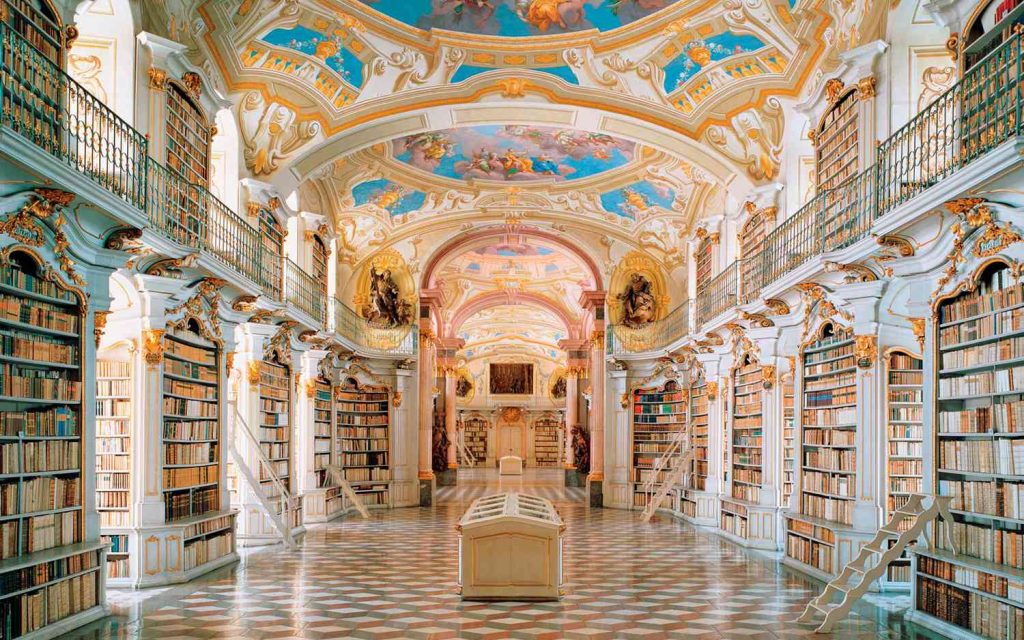Libraries are sanctuaries of knowledge, where the essence of human learning is preserved and shared. They stand as bastions of literacy and exploration, offering a haven for the curious mind and a gateway to the vast realms of literature, history, science, and art. Libraries are more than repositories of books; they are cultural treasures, fostering community and intellectual growth. In an age of rapid digital evolution, they remain steadfast, evolving into digital hubs while maintaining their timeless role as custodians of the written word. They say bigger is better, and the following biggest libraries in the world prove that.
1. British Library
The British Library, London is the national library of the United Kingdom, established in 1973. An estimated 170–200 million items from various nations, numerous languages, and diverse formats are included in it. Books, manuscripts, journals, newspapers, magazines, sound and music recordings, videos, playscripts, patents, databases, maps, stamps, prints, and drawings are among them. British Library was designed by Mary Jane Long and Colin St John Wilson. Some of their items date back to 2000 BC. Popular attractions at the British Library include Beowulf, the Gutenberg Bible, and the Royal Magna Carta.
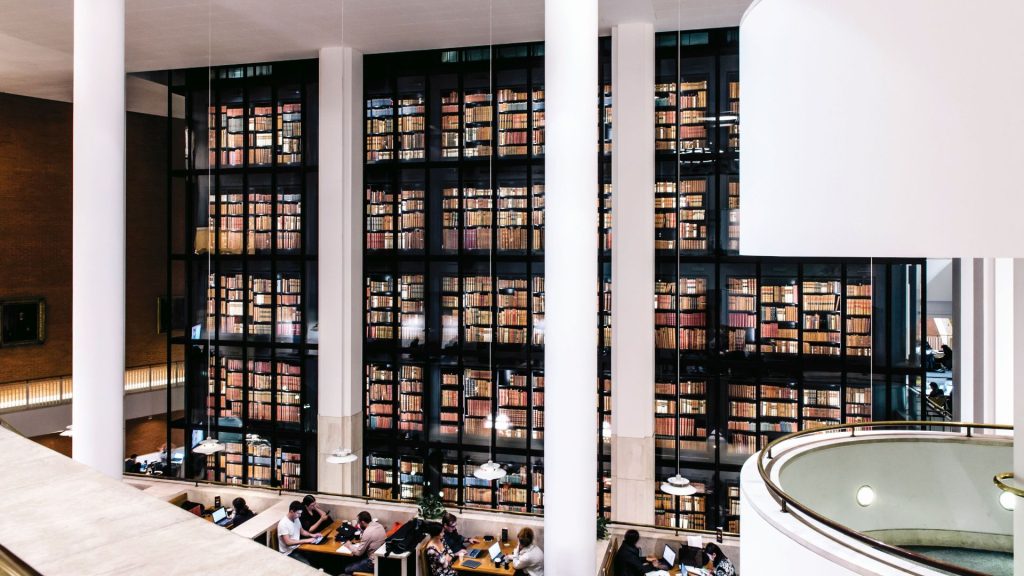
2. Library of Congress
The Library of Congress (LOC), Washington, DC is a research library that functions as the de facto national library of the United States. It was established in 1800 and has about 173 million items in its collections. The Library of Congress was designed by Paul J. Pelz and John L. Smithmeyer. More than 470 languages’ catalogued books and other print materials; manuscripts; an early draft of the Declaration of Independence; a Gutenberg Bible from Saint Blaise Abbey, Black Forest; U.S. government publications; international newspapers; microfilm reels; comic books; moving pictures; maps; sheet music; sound recordings; prints and photographic images, including works of fine and popular art and architectural drawings are all included in the Library of Congress’s collections.

3. Shanghai Library
The Shanghai Library is Shanghai, China‘s municipal library. It is the second-tallest library in the world, rising 24 stories and 348 feet (106 meters). It is reminiscent of a lighthouse. Although the most recent renovation was done by Schmidt Hammer Lassen Architects, it was first established in 1952. With 57 million items, the Shanghai Library has an extensive and diverse collection including books, newspapers, magazines, patents, guidelines, genealogical files, historical records, and other materials. The oldest among them is the ‘Vimalakirti Nirdesa Sutra,’ which was composed 1400 years ago.

4. New York Public Library
The New York Public Library (NYPL), New York City is a public library system. Having 92 locations and almost 55 million items, it is the second-largest library in the country. Thomas Hastings and John Merven Carrère created the design for the New York Public Library in 1895. A living database with daily additions of new materials, including manuscripts, prints, photos, maps, streaming video, and more, is part of its collection.
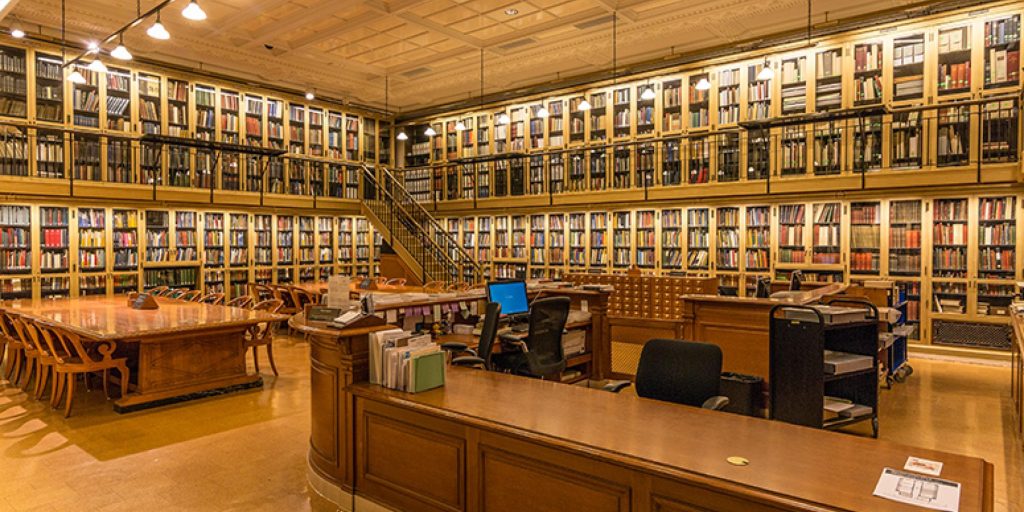
5. Library and Archives Canada
The Library and Archives Canada was established in 2004 as a merger between the National Archives and the National Library of Canada. It was designed by Ronald Keenberg. Its collections contain 54 million items in total inclusive of books and publications, photographic images, architectural drawings, plans, and maps; audio and video recordings; artwork in various media; medals, seals, and coats of arms, musical items and private textual records from the Canadian government. The oldest book in the Library and Archive Canada’s collection is ‘De antiquitate Judaica: De bello Judaico,’ printed in 1470. Other notable items in the collection include the Proclamation of Canada’s Constitution Act, 1982 and the copy of the Constitution Act, 1867
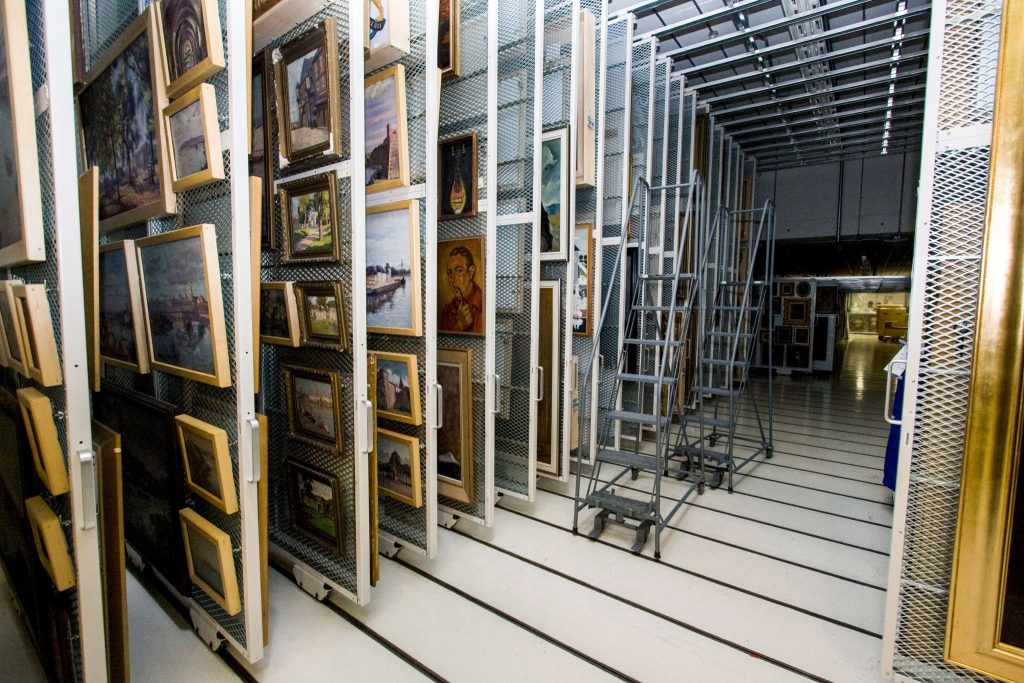
6. Russian State Library
Russian State Library, Moscow is one of three national libraries in Russia. Vladimir Shchuko and Vasily Bazhenov designed it in 1862. The Russian State Library is estimated to hold 48.1 million items, including books, journals, newspapers, magazines, sound and music recordings, databases, patents, maps, stamps, prints, drawings, and manuscripts. Among the collection’s notable objects are Tsar Michael I’s marriage, a Soviet-era Russian State Library stamp, and George Hamartolus’ Tver manuscript.
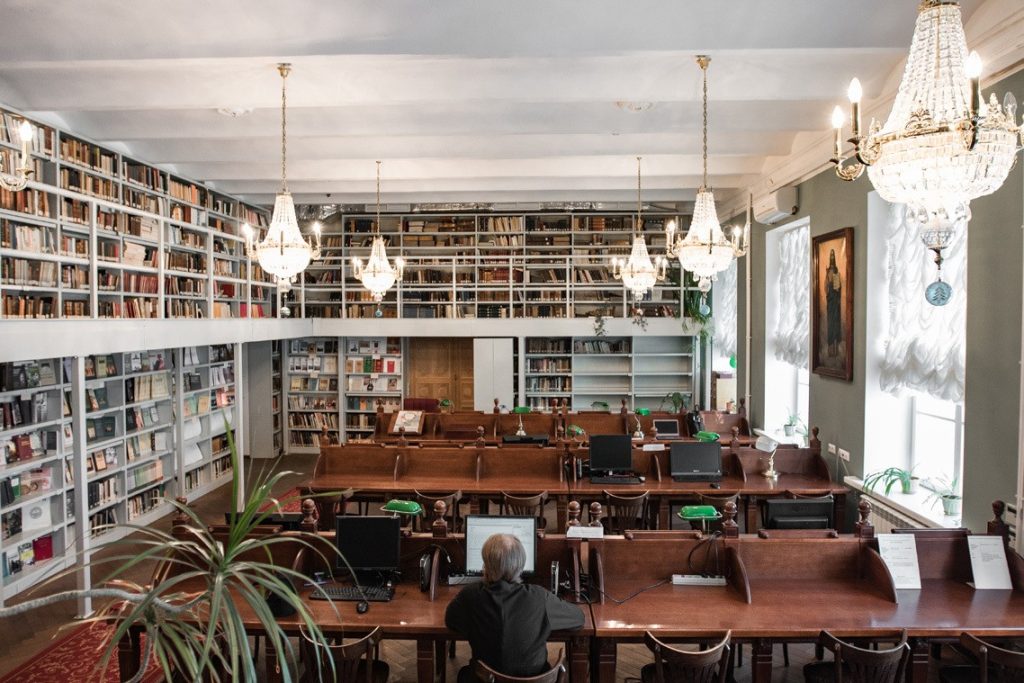
7. National Diet Library
Japan‘s national library is called the National Diet Library (NDL). Designed by Maekawa Associates, Architects & Engineers, it was founded in 1948. Books, periodicals, newspapers, electronic archives, manuscripts, official publications, doctoral dissertations, maps, and sheet music are all included in the National Diet Library’s collection of 44.1 million items. It is primarily renowned for storing rare books from the earlier dynasties and the Edo period.
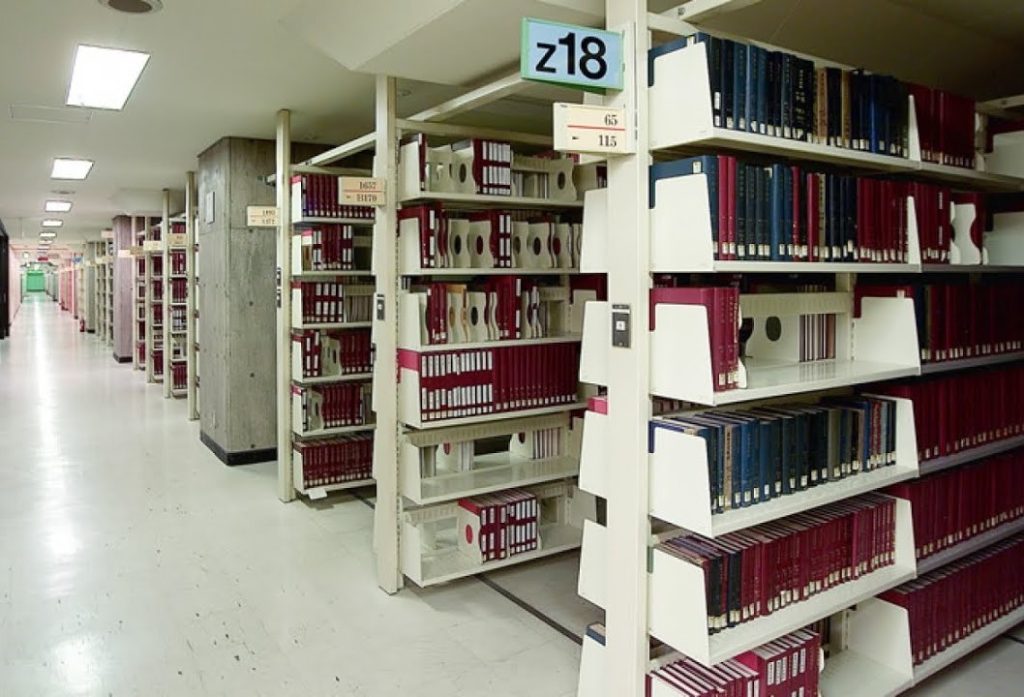
8. German National Library
Germany’s primary national bibliographic hub and archival library is the German National Library (DNB). It was designed by Oskar Pusch and founded in 1912. With more than 43.7 million items in its collection, it includes digital publications on physical storage devices, microform, sound recording media, conventional printed works, and net publications. German National Library is based in Leipzig and Frankfurt.

9. National Library of China
China’s national library, called the National Library of China (NLC), is situated in Beijing. KSP Jurgen Engel Architekten carried out the current renovations, although it was founded in 1909. The collection of the National Library of China towers at 43.27 million items. These include inscriptions on oracle bones and tortoise shells from the Shang dynasty, surviving tablets of the Xiping Stone Classics written by Cai Yong of the Eastern Han dynasty, historical Chinese documents and manuscripts from the Mogao Caves in Dunhuang, Buddhist sutras from the sixth century, the first draft of Sima Guang’s Zizhi Tongjian, and books and archives from imperial libraries of the Southern Song dynasty.
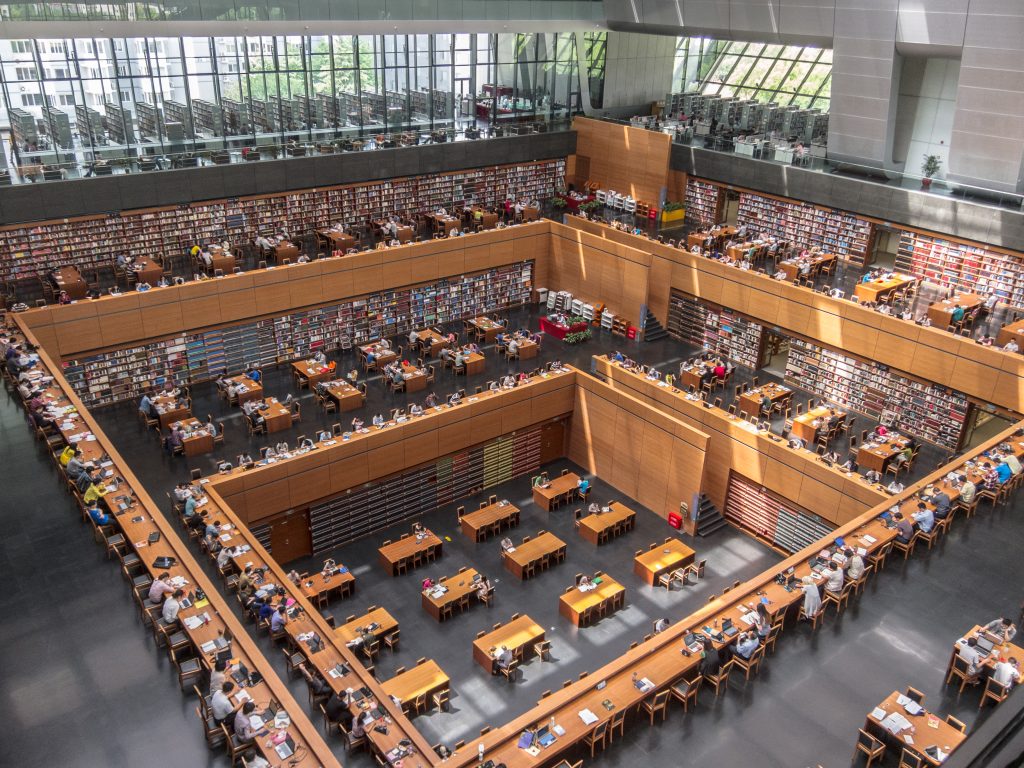
10. Royal Danish Library
The State and University Library and the Royal Library, the two national libraries, merged in 2017 to form the Royal Danish Library. It operates from Aarhus and Copenhagen. The Royal Danish Library has an extensive collection of 42.5 million items. These include books, computer games, e-books, local radio digital theatre scripts, feature films, commercials, shorts, documentary films, maps, postcards, posters, music collections, sheet music, pamphlets, booklets, leaflets, magazines and journals. Danish newspapers and local papers are also included.

Image Courtesy – Travel + Leisure

